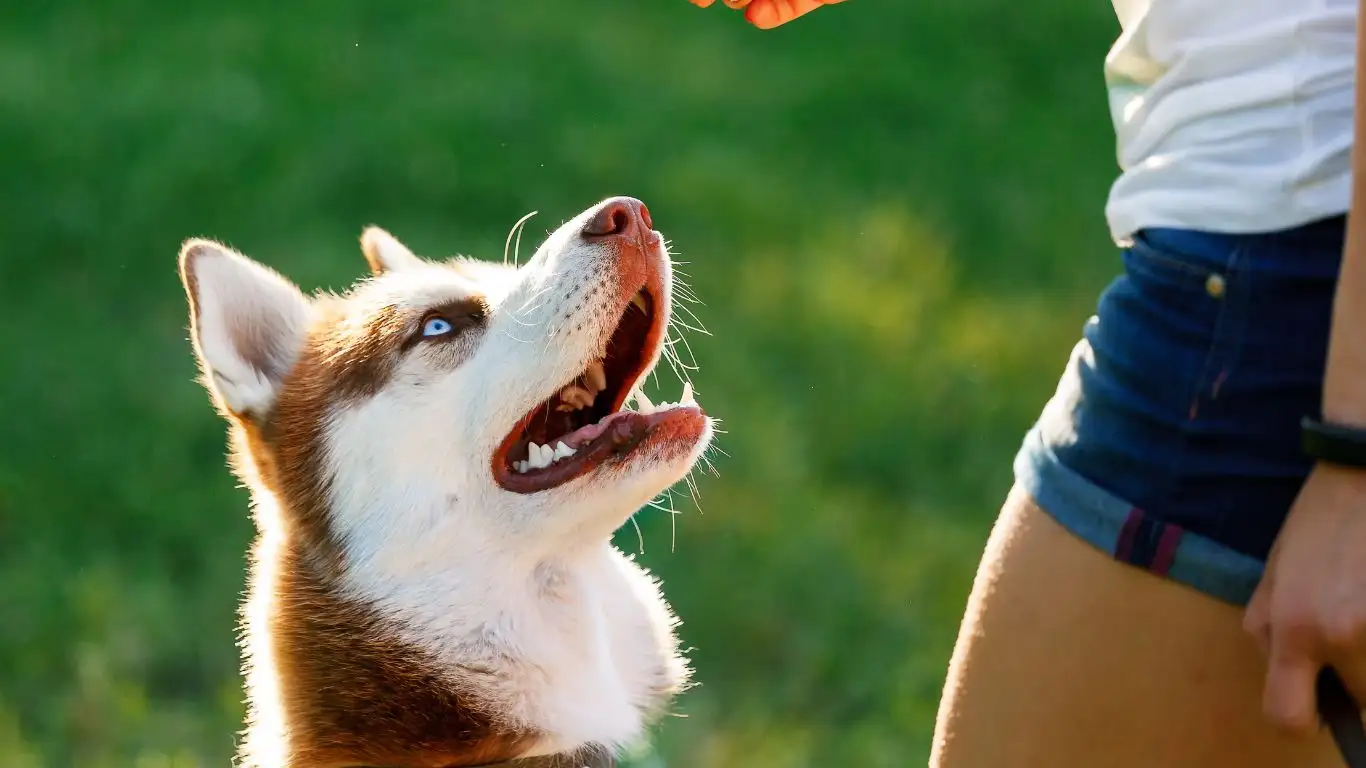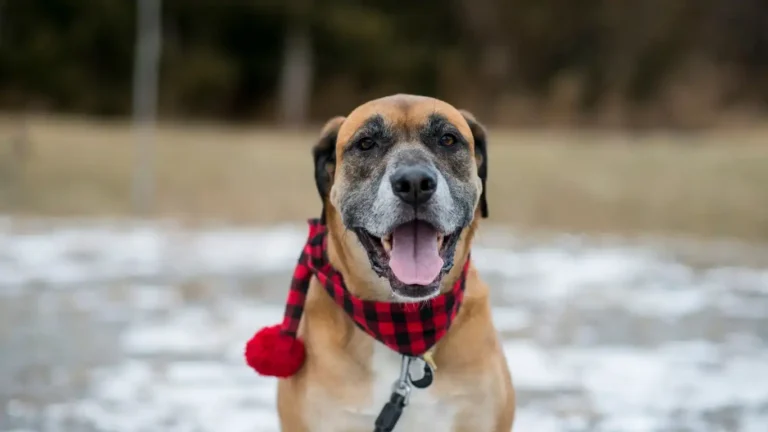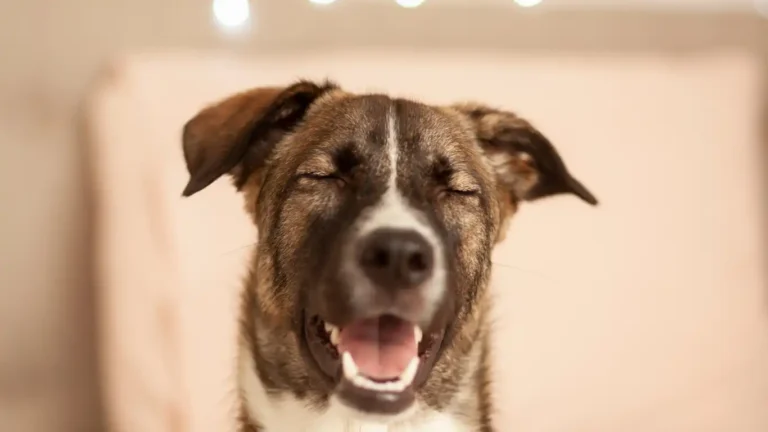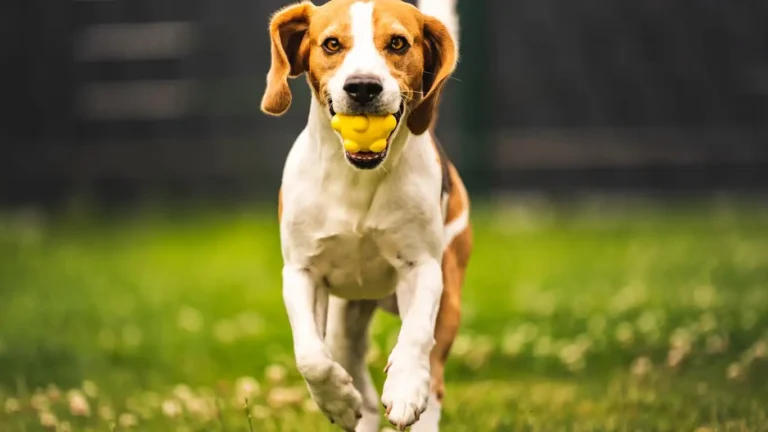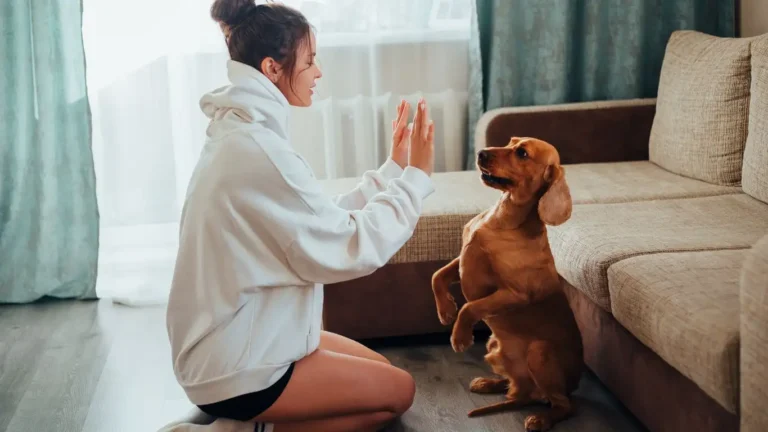Transform Dog Obedience Training with These Game-Changing Tips
Transform dog obedience training with these game-changing tips and watch your pup become the model of good behavior. If you’re like me, you’ve tried everything – treats, toys, even some tougher training techniques – but still found yourself frustrated with slow progress or certain behaviors that just wouldn’t stick. Well, after years of hands-on experience working with dogs, both as a pet owner and as someone in the pet care field, I’ve picked up some key tricks that made all the difference. This isn’t your standard “sit and stay” advice; we’re going to dive into some advanced but practical methods that truly transform the way your dog learns.
Understanding Your Dog’s Needs and Learning Style
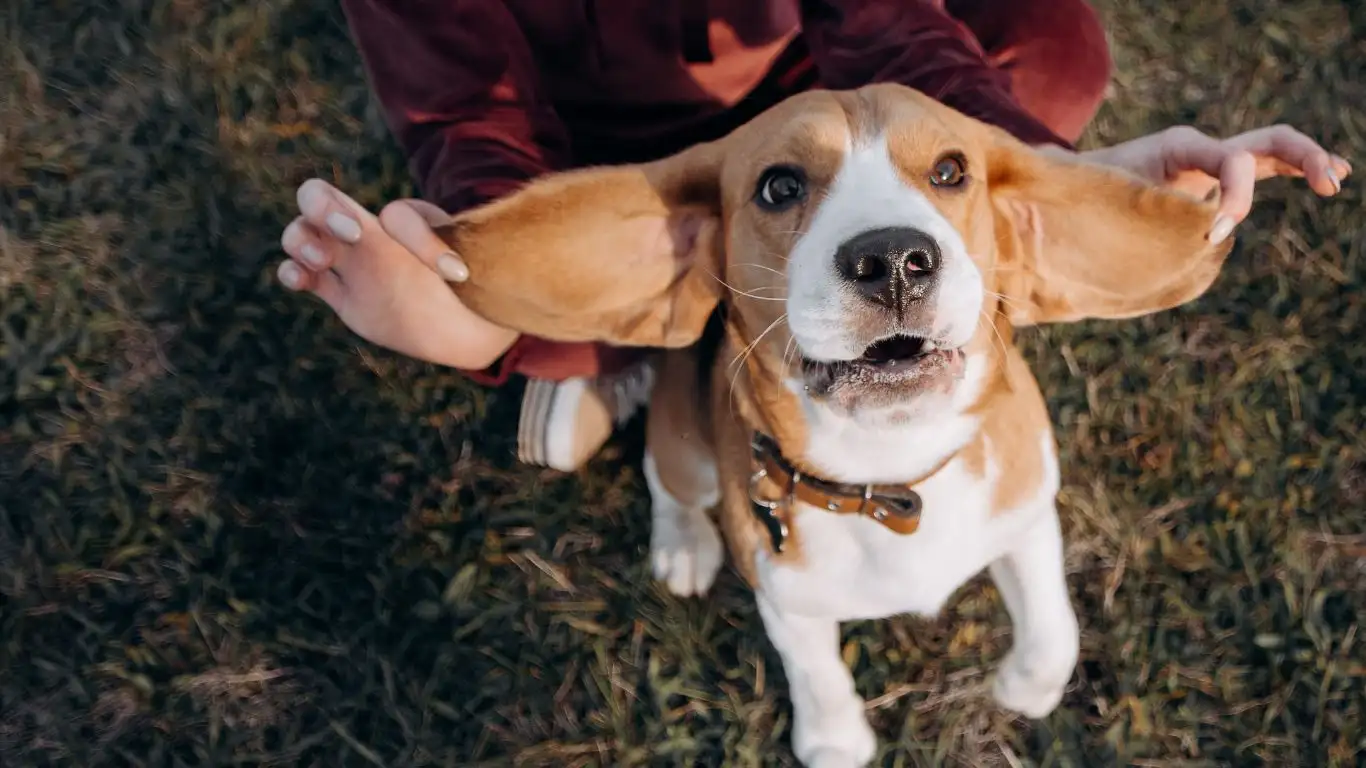
Before jumping straight into techniques, it’s important to acknowledge that every dog is unique. Just like humans, dogs have different learning styles and paces. Some are quick learners, while others may need a bit more time and patience. That’s why understanding your dog’s individual needs and temperament is key to any successful training strategy.
When I first started training my own dog, I noticed that she responded best to positive reinforcement—like treats and praise. For her, the excitement of hearing “good girl!” was enough to motivate her to repeat good behavior. However, I’ve also worked with dogs who weren’t as treat-driven. In these cases, I had to get creative with rewards, such as toys or playtime. Take some time to observe your dog’s reactions, and adjust your training methods accordingly.
Recognizing Common Training Roadblocks
Training a dog isn’t always smooth sailing, and there are common obstacles you’ll encounter along the way. For instance, one of the most frustrating issues is inconsistency. If you’re not consistent with your commands and rewards, your dog will get confused. I’ve had clients who saw great progress, only to regress because they weren’t following through every time with the same cues or rewards. Consistency is the bedrock of obedience training.
Another obstacle I’ve personally faced is dealing with distractions. Imagine working with your dog on a new command, only to be interrupted by a squirrel darting across the yard. Your dog’s attention can be quickly diverted, and that can make it tough for them to focus on you. The trick is to start training in a quiet, distraction-free environment before gradually introducing distractions once your dog has a solid understanding of the command. Trust me, once I started practicing in different environments, my dog’s focus improved dramatically.
Using Positive Reinforcement to Build a Strong Foundation
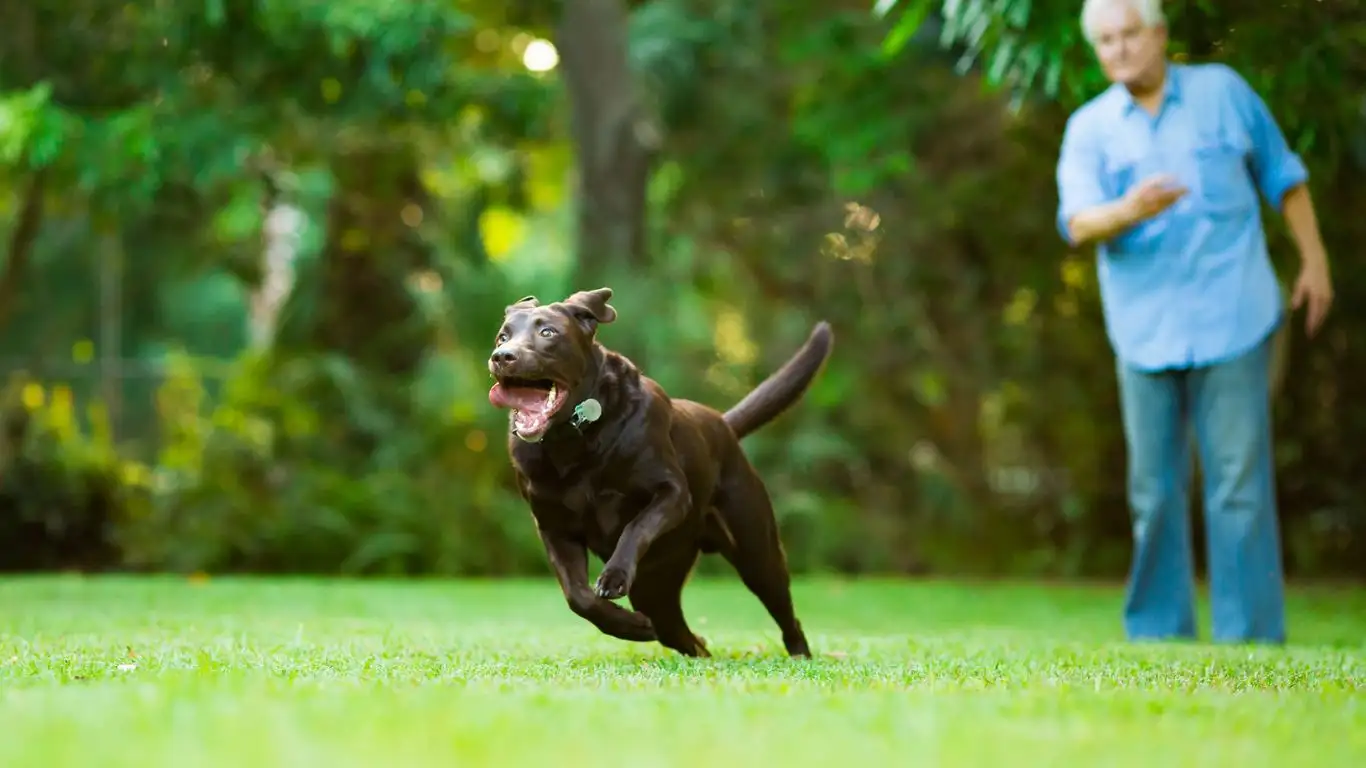
Positive reinforcement is one of the most effective training methods available. It’s the practice of rewarding good behavior to encourage its repetition. What I love about this approach is that it’s not only humane but also fun for your dog. Over the years, I’ve seen how powerful a simple treat or a belly rub can be when training a dog. Dogs thrive on affection, attention, and rewards, so why not use those natural motivators to your advantage?
In my experience, starting with the basics—like sit, stay, and come—is the perfect way to introduce positive reinforcement. When your dog performs the desired behavior, immediately reward them. Timing is everything here. If you wait too long to give a reward, your dog may not associate it with the action. I usually give a quick treat within seconds, followed by enthusiastic praise. The combination of food and affection is a winning formula!
Using Clicker Training for Precision
Clicker training is another fantastic method for enhancing dog obedience. This involves using a small device that makes a distinct “click” sound when your dog performs the right behavior. The click acts as a marker to let your dog know exactly what they did right. I started using clicker training after reading about it and was amazed at how precise it made my training sessions. With a clicker, you can pinpoint the exact moment your dog does something correctly, which is especially helpful for complex tricks or commands.
Here’s how it works: First, you’ll want to associate the clicker sound with a treat. That way, when your dog hears the click, they’ll immediately expect a reward. Then, every time your dog performs a behavior you want to encourage, you click the device and reward them. Over time, the sound of the clicker will become a strong cue for your dog that they’ve done something right. I’ve used this for teaching everything from sitting to more advanced tricks like rolling over, and it really works wonders.
Making Training Sessions Fun and Engaging
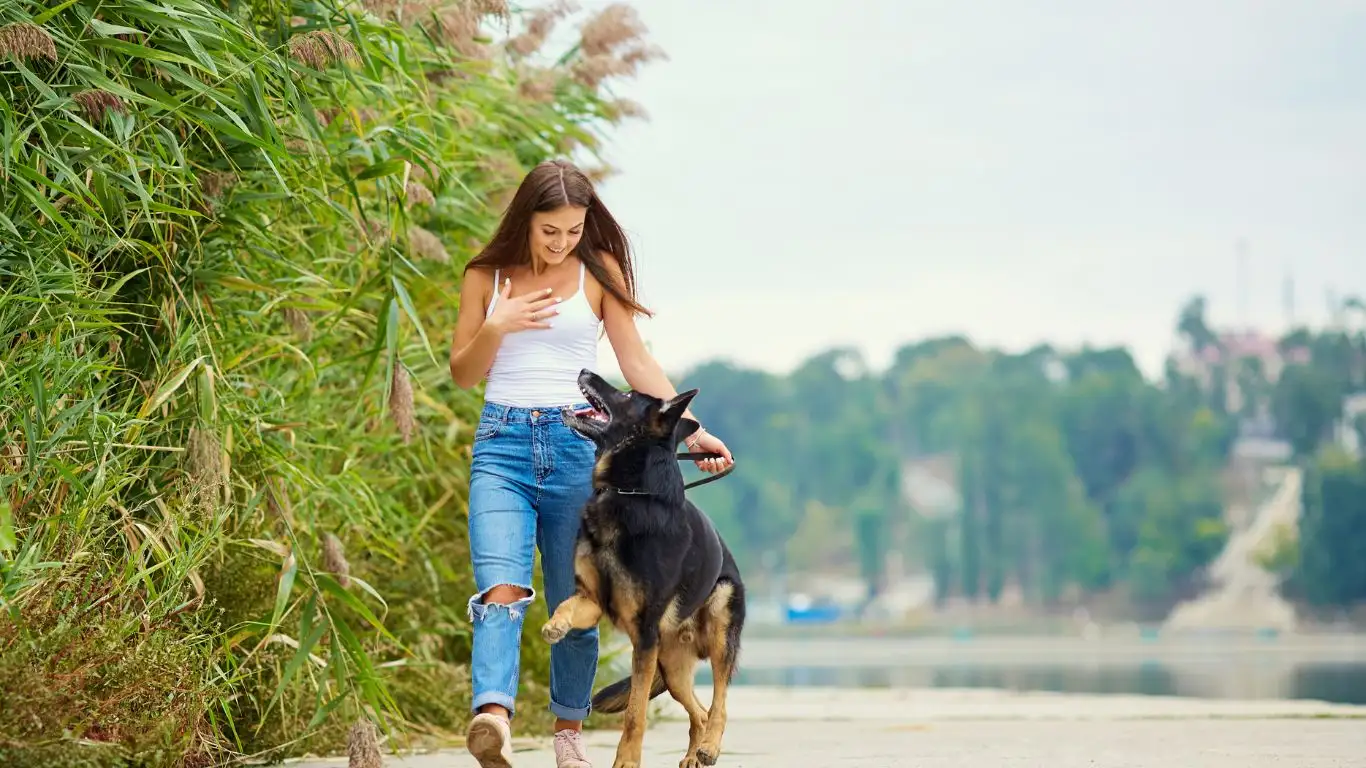
Training doesn’t have to feel like a chore for either you or your dog. I’ve found that the best training sessions are those that are fun and engaging for both of you. Dogs, just like people, get bored or frustrated when the training feels monotonous or overly rigid. That’s why I always try to add a little creativity to my sessions.
Try incorporating play into your training. For example, you can play a game of fetch and ask your dog to “sit” or “stay” before tossing the ball. Or, turn training into a mini agility course with obstacles your dog has to navigate. These games are not only enjoyable, but they also reinforce obedience in different contexts. By mixing things up, you’ll keep your dog engaged and excited to learn. Believe me, my dog’s favorite part of training is when we get to play tug-of-war as a reward for following a command!
Building Trust Through Training
One of the most important aspects of dog training is building a trusting relationship with your pet. Training isn’t just about getting your dog to listen to you; it’s about establishing a bond of trust and communication. When I first got my dog, it took some time for her to fully trust me as her leader. But through consistent training and positive reinforcement, she learned to rely on me for guidance and support. This mutual trust is the foundation of effective training, and it’s what turns your dog into a willing participant in the learning process.
Building Consistency in Your Training Routine
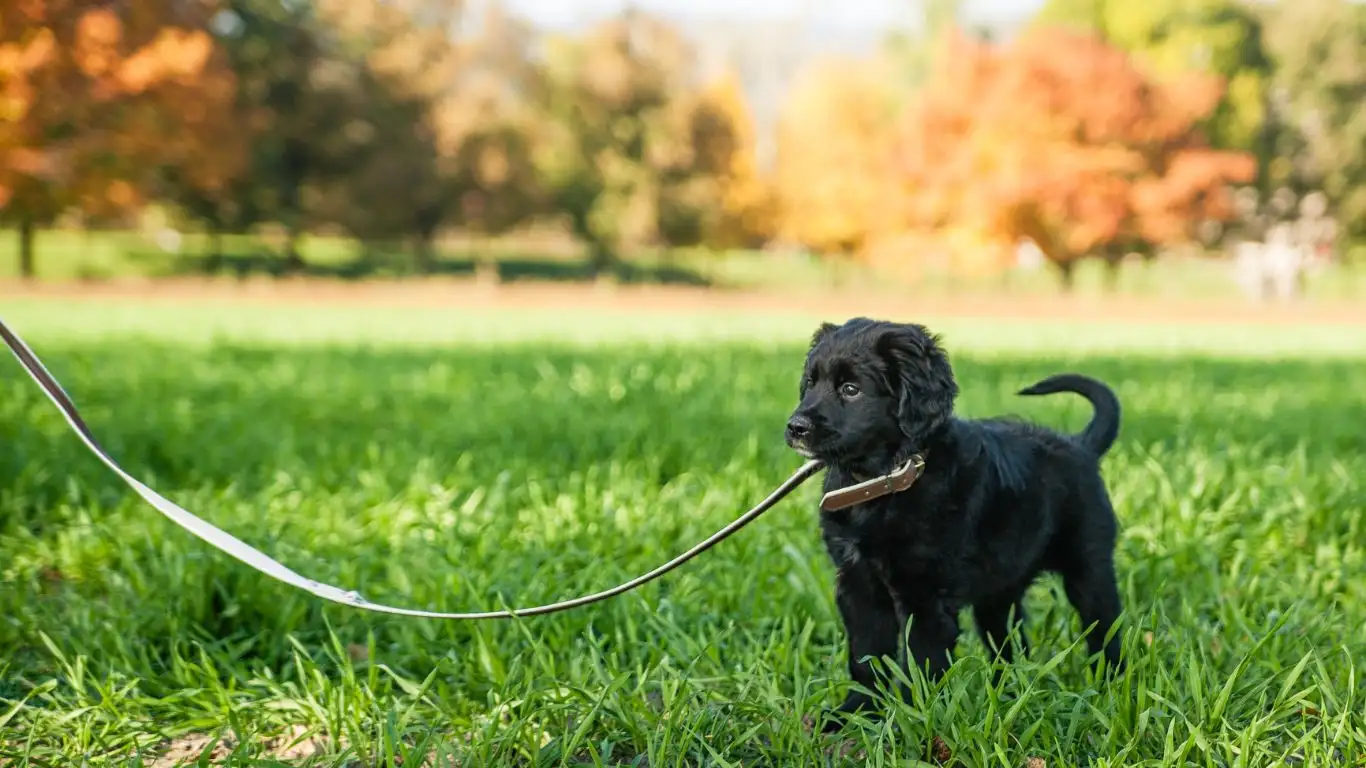
If there’s one thing I’ve learned throughout my journey of training dogs, it’s that consistency is key. And I mean *really* consistent. Dogs thrive on routine and structure, so it’s important to practice commands regularly and ensure that everyone in your household is on the same page. If your dog is getting mixed signals from different family members, training can quickly become confusing for them.
When I first adopted my dog, I was guilty of being inconsistent, and it showed. One person would reward her for sitting, while another person would tell her “no” when she did the same thing. As a result, she became confused, and we didn’t see the progress we wanted. The turning point came when we all agreed on a set of commands and practiced them regularly, with the same rewards. Within weeks, her behavior improved significantly.
Consistency also means setting clear boundaries. For example, if you don’t want your dog jumping on guests, you must consistently correct that behavior every single time it happens. Don’t wait until it’s convenient to address the issue. This consistent approach will help your dog learn what is acceptable and what isn’t, and it will speed up the process of your dog becoming well-behaved.
Short, Focused Training Sessions
Another critical piece of the puzzle is the length and frequency of your training sessions. Dogs, especially younger ones, have short attention spans. I used to make the mistake of holding long, drawn-out training sessions, thinking more time would mean better results. In reality, my dog would lose focus, and our sessions were less productive. Now, I keep training sessions short but focused—usually no longer than 15 minutes at a time.
During these short bursts of training, I make sure we’re working on just one or two commands. I also make it a point to end on a high note, so my dog feels accomplished and excited to continue learning next time. You’ll notice that keeping sessions upbeat and positive will encourage your dog to stay engaged and willing to work with you. Remember, quality over quantity!
Making Training Fun with Interactive Games
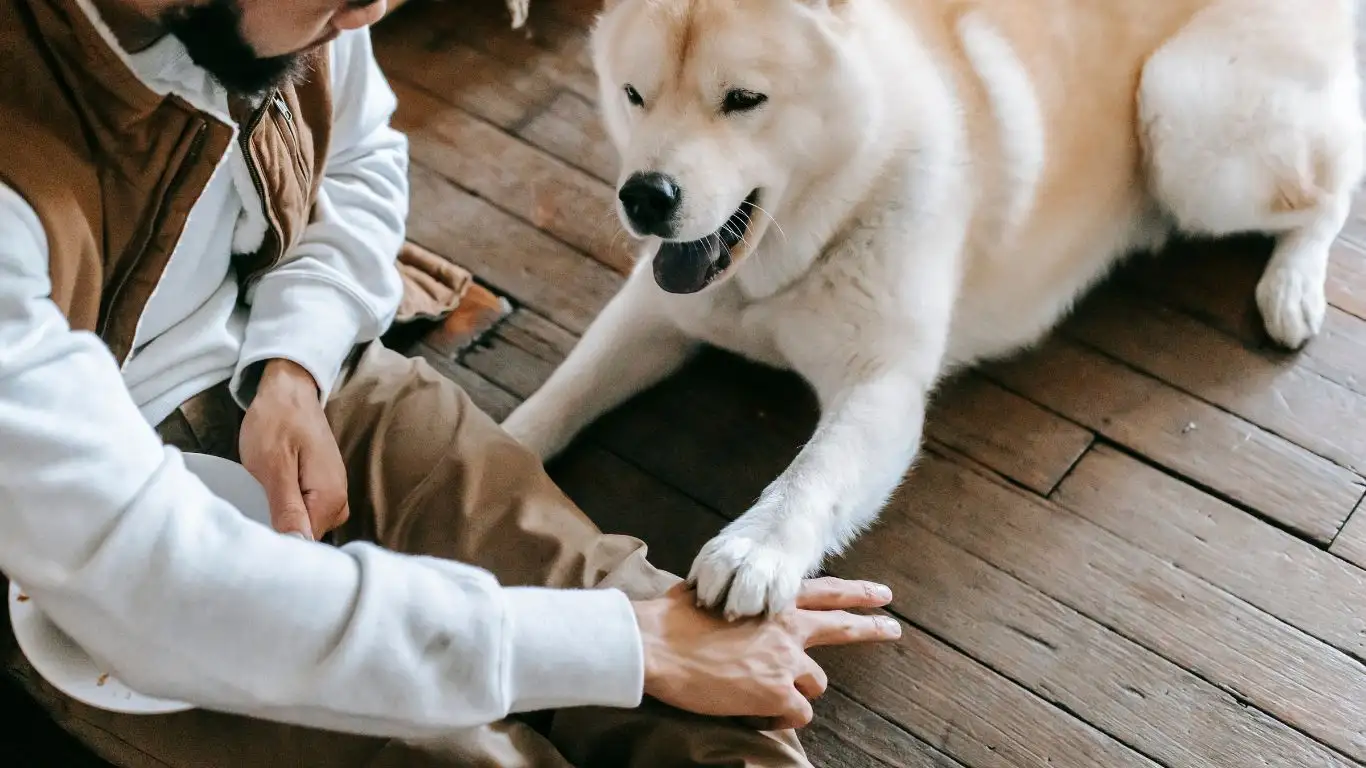
Training doesn’t have to feel like a boring task—it can actually be a fun bonding experience for both you and your dog. I’ve found that incorporating interactive games into my training routine makes it so much more engaging. Dogs love to play, and when you can combine playtime with obedience training, it works wonders.
One game that I absolutely love is the “find it” game. This is great for teaching your dog to use their nose and focus, which can help with various commands. It’s simple: you hide a treat or favorite toy somewhere in the room and encourage your dog to find it. Not only is it fun for them, but it also reinforces the idea that following your cues leads to rewards. I started using this game as part of my training routine, and it quickly became a favorite for my dog.
Another fun game is tug-of-war, which I use as a reward for successfully completing a command. It’s important to play this game in a controlled way, however, so your dog doesn’t become too possessive of the toy. But used properly, tug-of-war can help reinforce the idea of following commands in exchange for a fun and interactive reward. It’s not just about play—it’s about teaching your dog that good behavior leads to the best rewards!
Gradually Introducing More Complex Commands
Once your dog has mastered basic commands like “sit,” “stay,” and “come,” it’s time to gradually increase the complexity of the tasks. This can be both challenging and rewarding, as you’ll get to see just how much your dog can learn. One thing I’ve learned through my experience is that dogs are capable of picking up on much more than you might think.
For example, once my dog had a solid understanding of “sit” and “stay,” I began teaching her more complex commands like “leave it” (which is essential for safety when out on walks) and “roll over.” While these tricks take a bit more time to master, they are incredibly fulfilling once your dog gets the hang of them. I used the same methods—positive reinforcement, clicker training, and keeping sessions fun—to gradually introduce these commands, and soon, my dog was not only following basic cues but also showing off her new tricks!
As you add more complex commands, be sure to keep your expectations realistic. Don’t rush your dog; some commands may take longer to grasp, and that’s completely fine. Patience is key, and the more you work together, the stronger your bond will become.
Dealing with Behavioral Issues Through Training
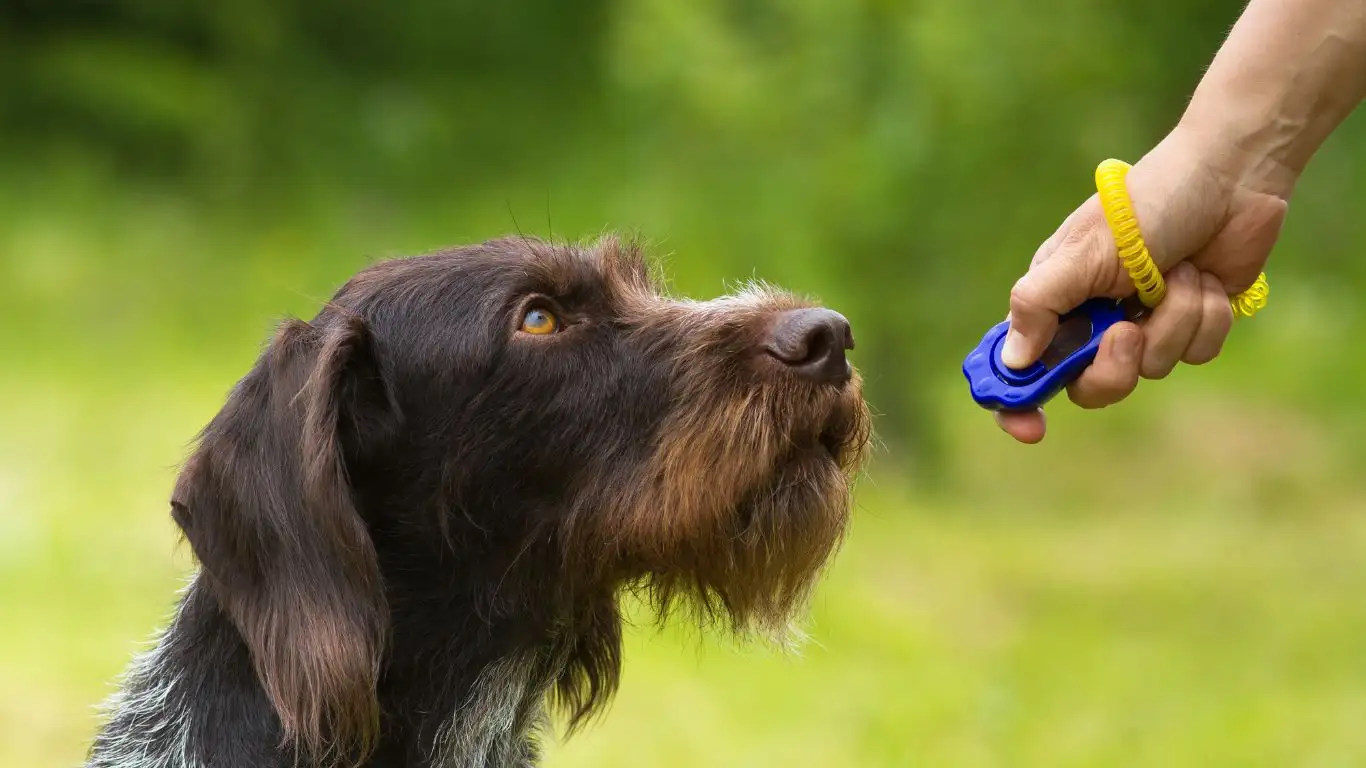
Let’s face it—behavioral issues happen. Whether it’s barking excessively, pulling on the leash, or jumping on guests, every dog will go through a phase of testing their boundaries. And when these behaviors arise, it’s crucial not to get frustrated. Instead, use it as an opportunity for training!
One of the best ways to address behavioral problems is through redirection. For example, if your dog is barking excessively, rather than yelling at them (which can actually increase anxiety), redirect their attention to something more constructive, like a toy or a command like “sit.” Once your dog shifts their focus, reward them with a treat or praise. This teaches your dog that calm behavior gets attention, while barking or other undesirable actions don’t.
Another issue I often encounter is leash pulling. This is a common challenge for many dog owners, but it’s one that can be corrected with proper training. I’ve found that using positive reinforcement works wonders here too. Every time my dog stops pulling and walks calmly beside me, I reward her with praise or a treat. Over time, she learned that walking on a loose leash is the way to get her reward, and leash pulling became a thing of the past.
Understanding Your Dog’s Body Language
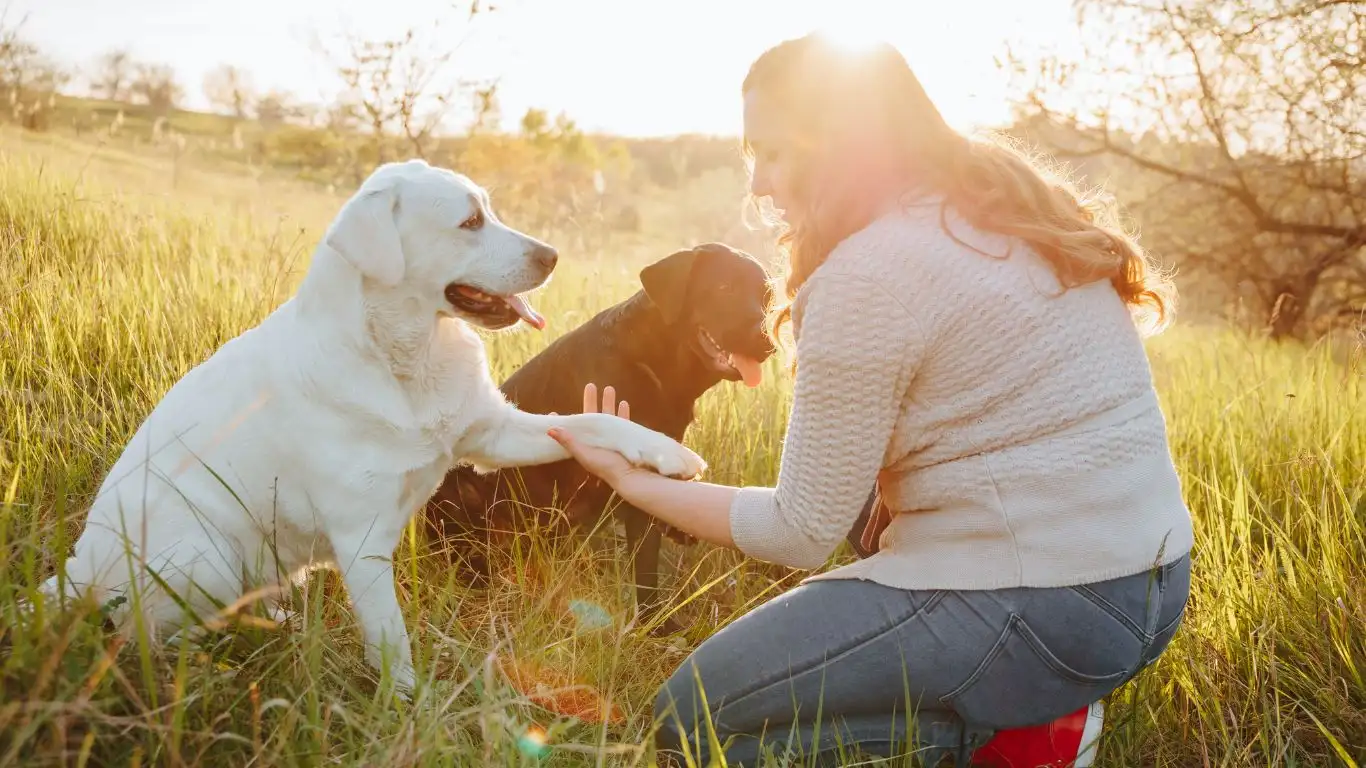
One of the most valuable lessons I’ve learned in dog training is understanding my dog’s body language. As humans, we often forget that dogs communicate in ways other than barking, and paying attention to these cues can significantly improve our training sessions.
For example, when my dog starts wagging her tail, it’s not always a sign of happiness. A fast wagging tail can mean excitement, but a slow wag can indicate uncertainty or even frustration. By learning to read these signs, you can adjust your approach to ensure that your dog feels comfortable and confident in the training environment.
Another key indicator is the ears. Dogs will often pull their ears back when they’re anxious or uncomfortable, so if you notice this, it might be a good time to take a break from training or switch to a different method. Similarly, when your dog’s ears are perked up and forward, they’re likely engaged and paying attention, which is a great moment to reinforce positive behaviors.
By observing your dog’s body language, you can avoid pushing them too hard and create an environment where they feel safe, confident, and eager to learn.
The Importance of Socialization in Training
Socialization is an often-overlooked aspect of training that plays a critical role in your dog’s behavior. A well-socialized dog is more likely to respond positively to new situations, people, and other animals, and this can significantly enhance your obedience training efforts. I’ve found that taking my dog to different environments—whether it’s a dog park, pet store, or simply on a walk through the neighborhood—helps her become more comfortable with new experiences.
When introducing your dog to new social situations, make sure to do so gradually. Start with environments where your dog feels comfortable, and then slowly introduce more distractions or new people and animals. This gradual exposure helps your dog build confidence and reduces the likelihood of anxiety-driven behaviors like excessive barking or fear-based aggression.
One of my favorite experiences with socialization was when I took my dog to a local dog event. At first, she was nervous and hesitant around other dogs, but after a few positive interactions and some encouragement, she was confidently interacting with new friends. Socialization can be a slow process, but the benefits are well worth the effort.
Training Tools: How to Use Them Effectively
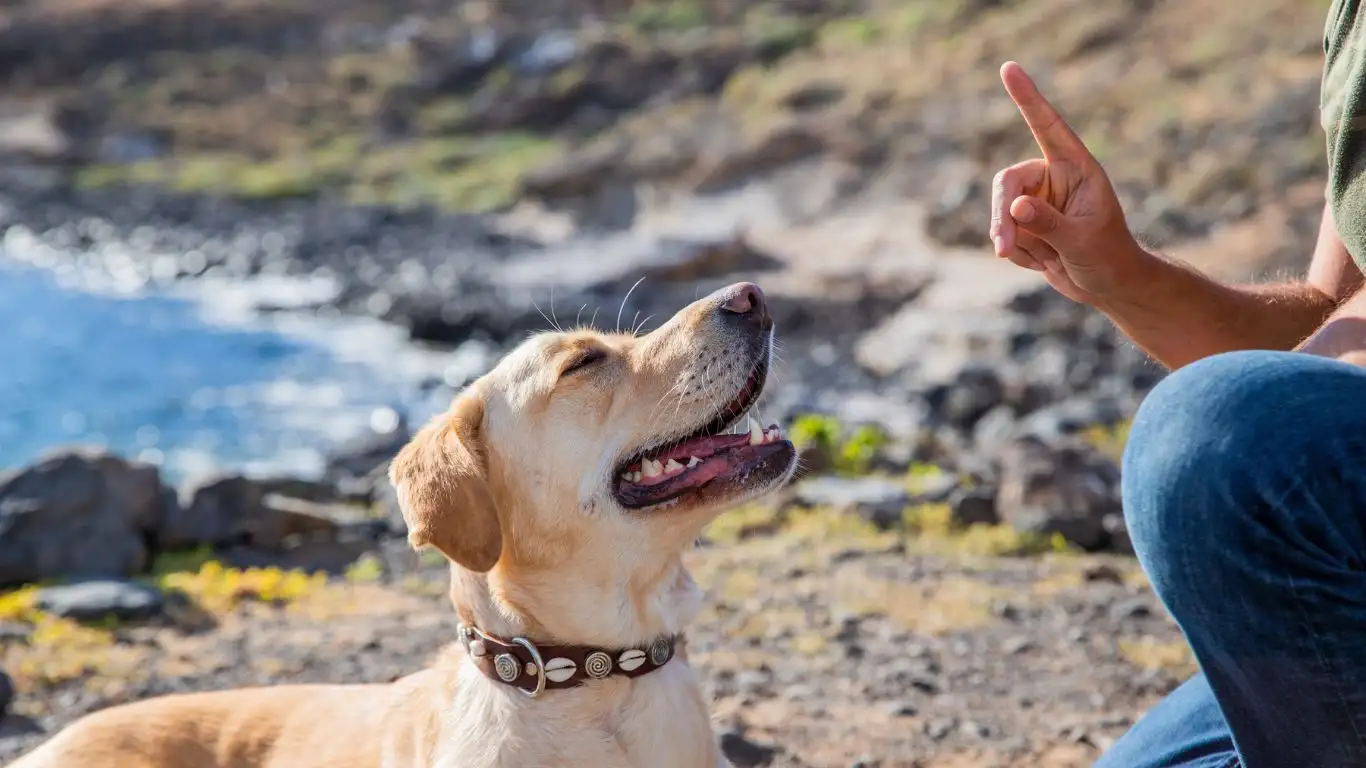
While positive reinforcement is the cornerstone of dog training, using the right tools can make a huge difference in how effectively you can communicate with your dog. I’ve tried various tools over the years, and some have been more effective than others, depending on the situation and the dog’s needs.
For example, when I first started training my dog, I used a simple clicker to mark desired behaviors. The clicker sound became a cue for her that a reward was coming, which helped speed up the learning process. However, it’s important to note that clicker training is not a one-size-fits-all solution. Some dogs respond better to verbal cues or hand signals, so it’s essential to find what works best for your dog.
Leash training tools are also important, especially if you’re working on loose-leash walking or teaching your dog to heel. I’ve found that a front-clip harness is particularly effective in preventing pulling and encouraging my dog to walk calmly beside me. For some dogs, a head halter can also be a helpful tool for training, though it’s important to introduce it slowly and positively so your dog doesn’t feel restricted or uncomfortable.
Remember, the goal of using training tools is not to control your dog, but to enhance communication and make training more effective. Be sure to always choose tools that align with your dog’s needs and temperament, and avoid those that might cause discomfort or confusion.
Integrating Training into Daily Life
One of the best ways to reinforce training is by integrating it into your everyday life. Training doesn’t always have to take place during formal sessions—every interaction with your dog is an opportunity to reinforce good behavior. For example, when I’m cooking dinner, I’ll ask my dog to sit or stay while I prepare her food. Not only does this keep her engaged, but it also reinforces those behaviors in a real-world context.
You can also work on training during walks, at the dog park, or even while playing in the backyard. The key is to remain consistent and patient, using the skills you’ve taught in various situations. For example, if I’m out on a walk and my dog starts to pull on the leash, I’ll stop, ask her to sit, and wait for her to relax before continuing. This little exercise helps remind her that good behavior results in progress, while undesirable behavior leads to a pause.
By incorporating training into daily activities, you create opportunities for constant reinforcement, making the learning process more natural and fluid for your dog.
References
Disclaimer: The information provided in this article is based on personal experiences and general dog training knowledge. It is always recommended to consult with a professional dog trainer or veterinarian for advice tailored to your specific dog’s needs.
